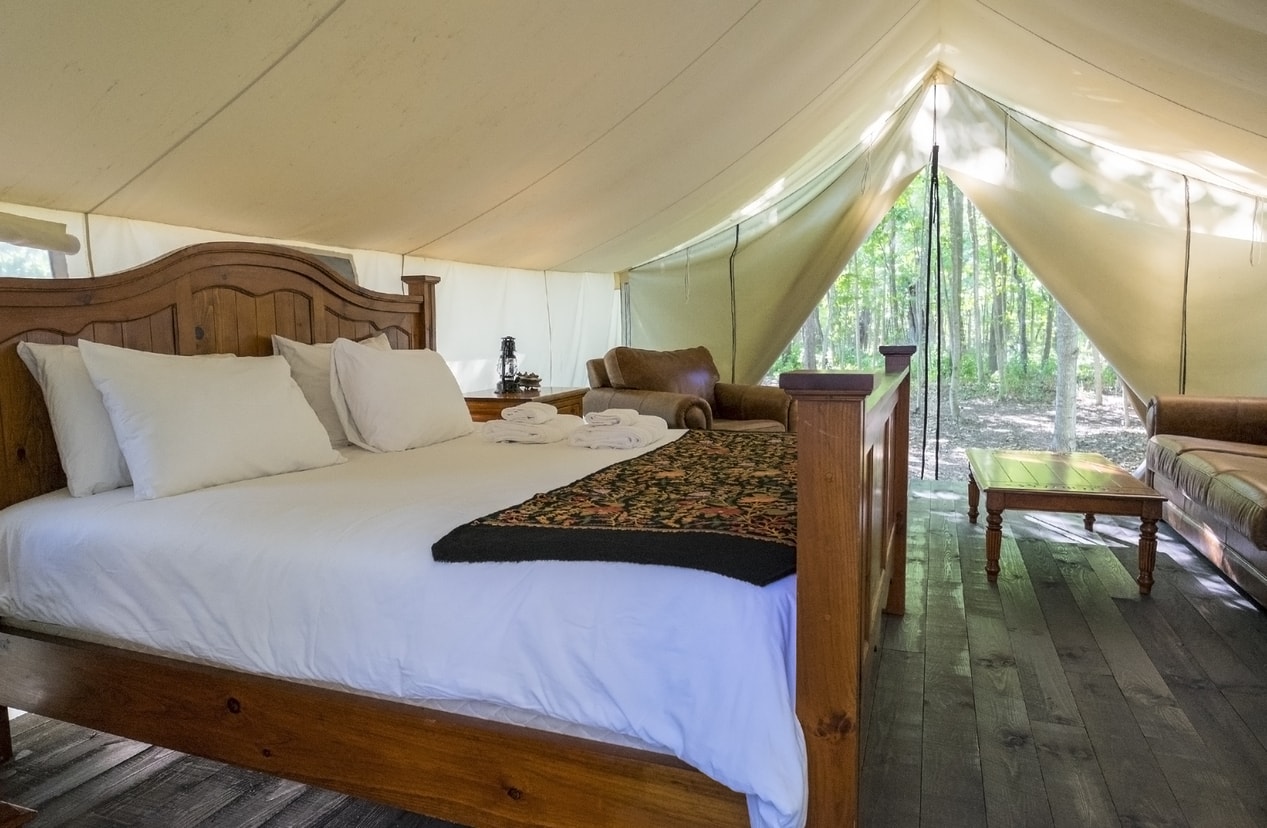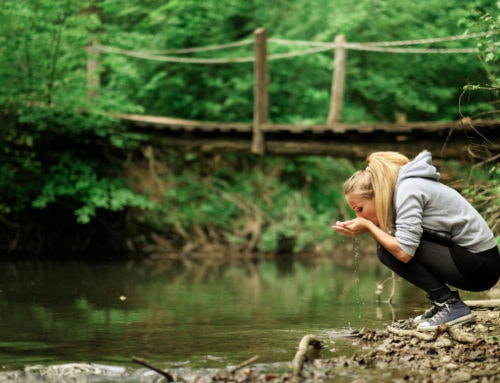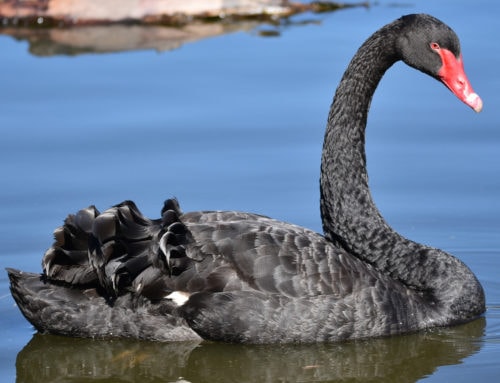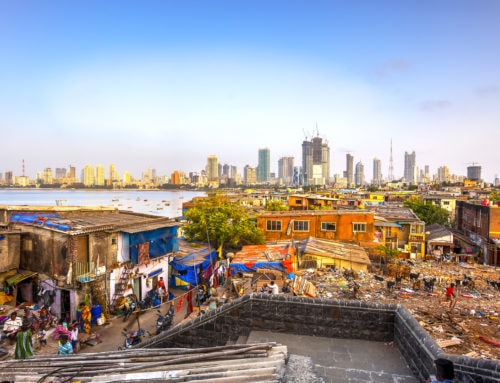glamping: “glamorous” + “camping”; upscale or luxury outdoor camping, including comforts, amenities, and facilities (e.g., pre-pitched tents, beds, electricity, meal service), that are not associated with traditional camping.
*** TROVELOG ***
It isn’t much more than a dirt lot with wood platforms right now, but in less than a month’s time Governors Island will host guests willing to pay as much as $500 a night to stay in luxury tents with hotel amenities and views that can’t be matched.
The “glamping” experience will include king-size beds, rain-style hot showers, farm-to-table dinners, morning yoga and evening s’mores. Sometime during the summer, the camp will add shipping containers refashioned as hotel rooms that can be used 365 days a year.
“I think of it as a sleepover on a private island,” said Peter Mack, the chief executive of Denver-based Collective Retreats, which will operate the campsite.
. . .In 2003, the federal government sold 150 acres of the island to the city and state, with the remaining 22 acres staying under the control of the National Park Service. Visitors from May 1 to Oct. 31 can stroll the grounds, rent bikes, picnic, hit up food trucks or just chillax on the grass with a book.
Now, with the 100-person campsite, which will open in stages beginning on June 1, and an 80,000-square-foot European-style spa set to begin construction soon, Governors Island is taking a luxe turn. It offers a glimpse into how a park can be self-sustaining while continuing to serve as a resource for public enjoyment.
See article at: Melanie Grayce West, “The Latest ‘Glamping’ Destination: Governors Island,” The Wall Street Journal, May 12, 2018
◄TrovelogTrovelogTrovelogTrovelogTrovelogTrovelogTrovelog►
I am not alone in my predilection for a touch of luxe in the wild. “Glamping,” or glamorous camping, has spiked in popularity over the last decade. Now, a handful of savvy adventure companies and experiential campgrounds offer luxury getaways (think of cots inside state-of-the-art tents, outdoor furniture, chef-crafted meals, better-than-basic bathroom facilities) for not-so-rustic folks to unplug in comfort. With this summer commemorating the National Park Centennial (Aug. 25 marks the official date on which President Wilson signed the act that created the National Park Service), I wondered: Was it possible to glamp inside of (or, within proximity to) America’s most celebrated playgrounds? It turns out, the answer is yes. Suddenly, roughing it seemed almost appealing.
See article at: Amy Tara Koch, “Glamping Adds a Touch of Luxe to the National Parks,” The New York Times, August 9, 2016
◄TrovelogTrovelogTrovelogTrovelogTrovelogTrovelogTrovelog►
Hamptons residents are trading in their luxury million-dollar homes for the summer — to live in a trailer park.
The savvy folks are squeezing into digs the size of a tiny Manhattan studio so they can lease out their sought-after houses and rake in thousands of dollars during the sizzling summer rental season.
“We call it ‘glamping,’ or glamour-camping,” said real-estate agent Danielle Becker-Wilson, 36, who jumped on the bandwagon and is temporarily ditching her million-dollar pad for a trailer at “Montauk Shores Condominiums” — also known as the Ditch Plains Trailer Park — in Montauk.
Becker-Wilson is now living with her husband, George, 36, daughter Lila, 7, and son Liam, 4, in a 400-square-foot trailer in the park, where Mercedes and Audis can be seen coming and going daily.
It’s a far cry from the family’s quaint digs on a lush property in the village of East Hampton.
But the deal was just too good to pass up: In just two months, July and August, she and her husband will have collected $50,000 in rent. And they can use their $60,000 trailer year after year.
See article at: Tara Palmeri, “Slummer Rental: Hampton locals’ 2-month trailer-cash bonanza,” New York Post, May 28, 2013
◄TrovelogTrovelogTrovelogTrovelogTrovelogTrovelogTrovelog►
During a muddy, rainy night in June 2010 at a campsite near the 24 Hours of Le Mans, Robert Breare was on a 20-minute trek to the toilets when he had an epiphany. “I was worried about getting back to camp and finding that someone had stolen half my things,” says the English hotelier. “I thought, ‘What could be better?’ ”
When Mr. Breare returned to Surrey, he began working with his partners on a temporary hotel that could pop up for major events. Now, his company, Snoozebox, is just one of the upstarts offering luxury short-term accommodations at seasonal hot spots. Though they differ in style and motivation, they all have one thing in common: They don’t stick around for long.
The décor at the glamorous camping (glamping) spots created by the Somerset, England-based Pop Up Hotel in the rural countryside differs based on the environment and event. “Some people want to go to the Cayman [Islands] and stay in luxury hotels, but that hotel could be anywhere in the world,” says managing director Mark Sorrill. “I set out to make an inclusive hotel, one that absorbs the local environment, culture, flora, fauna and architectural style, and thereby allow the guests to have a holiday experience that connects to a place.”
See article at: Renuka Rayasam, “Pop Up Goes the Luxe Hotel,” The Wall Street Journal, August 16, 2012
◄TrovelogTrovelogTrovelogTrovelogTrovelogTrovelogTrovelog►
If the eco-friendly idea of falling asleep under the stars and roasting marshmallows around a campfire appeals to you, but the reality of pitching a tent and sleeping on bumpy ground does not, glamping, the new term being used for upscale — or glamorous — camping, could be your ideal green vacation.
Though dismissed by hard-core leave-no-trace campers (who don’t so much as move a rock for fear of affecting the area), glamping can still be an environmentally sound outdoor experience, even if it does include creature comforts (like not having too many creatures inside your tent). And though it is a relatively new trend in the United States and Europe, with its origins harking back to Africa and even Thailand, glamping sites are starting to pop up everywhere, with prepitched tents, tepees and yurts rising out of the landscape like sailboats on an ocean.
“Think of it like the hip hotels of camping,” said Jonathan Knight, the author of “Cool Camping,” a 2006 book that rated campsites in England by their amenities, locations and facilities, and quickly became so popular (selling second only to the “Good Pub Guide”) that there are now editions on Wales, Scotland and France, with planned guides on Europe and Kids (www.coolcamping.co.uk). “I wanted to correct the misconception that camping is still about leaking tents,” Mr. Knight said.
See article at: Jennifer Conlin, “Camping? Yes, Roughing It? Not Quite,” The New York Times, September 14, 2008
◄TrovelogTrovelogTrovelogTrovelogTrovelogTrovelogTrovelog►
See related Trovelog posts: vanlife/ van life <>






